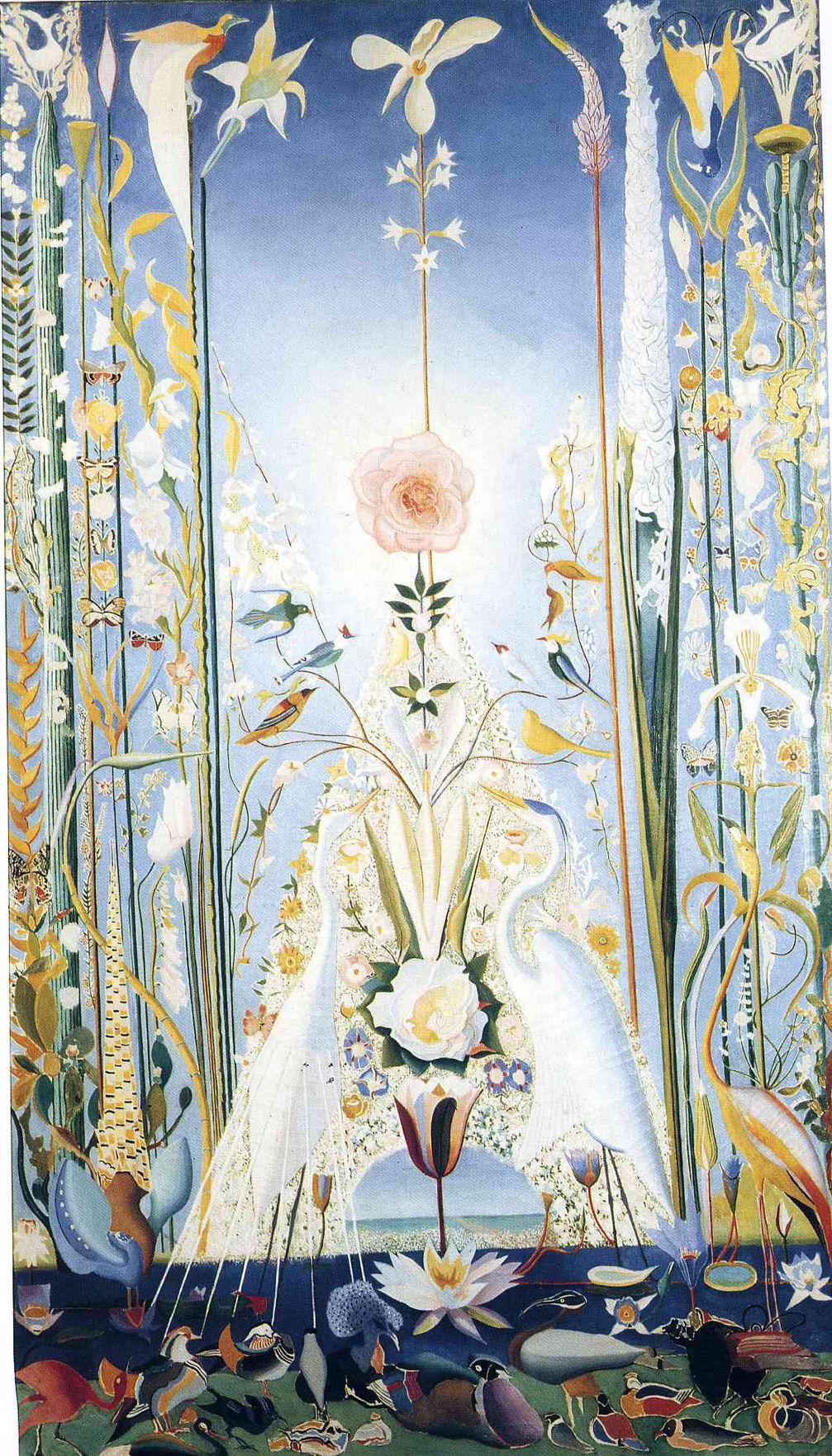The vast majority of oil paintings have been made on supports of wood or stretched fabric. But over the centuries a wider variety of materials have been used, including sheets of metal, slate and other stone, glass, and most recently elaborately-structured composite materials. They all meet the primary requirement, that of rigidity, but vary in their dimensional stability, weight, and suitability to retain paint or an appropriate ground.
The most commonly-used of these alternative supports has been copper sheet, which has long been used as the support and ground for enamelling, and forms plates for various methods of making prints. Although a relatively expensive metal, it is highly malleable and was worked into uniformly thin sheets even in quite ancient times.

Earliest surviving paintings on copper date from the first half of the sixteenth century. Lavinia Fontana’s striking oil painting of The Annunciation from about 1575 is a good example from the time that copper came into vogue in both the north and south of Europe.

By the end of that century, many painters were using copper supports. For landscape artists like Paul Bril, they were an ideal means of making relatively small but intricately detailed works which were suitable for a customer’s ‘cabinet’.
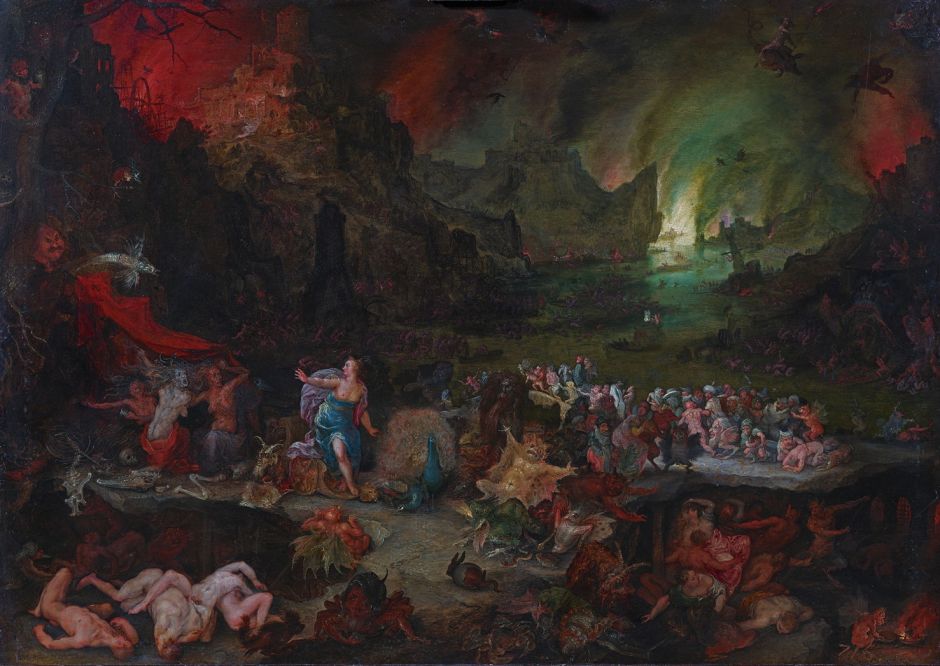
Jan Brueghel the Elder was among many others who painted on copper at this time. By the early seventeenth century, there were twenty-five master coppersmiths in Antwerp alone who provided plates for painting.
The challenge to painters who chose to paint on copper was ensuring good adhesion to the metal surface. Traditional recipes stress the importance of thorough cleaning and de-greasing, and some recommend treatment of the copper using cloves of garlic or their juice. Like many metals, copper does slowly corrode when exposed to the atmosphere, and ensuring complete coverage of bare metal by ground or paint was important to prevent that. In practice, surviving oil on copper paintings have generally remained in fine condition, and they don’t appear to suffer delamination.
In return, the painter gets a very smooth surface on which they can develop fine detail. The dark natural colour of the metal was widely used for chiaroscuro effects, and the surface of the paint layer is usually so smooth that varnishing was unnecessary.
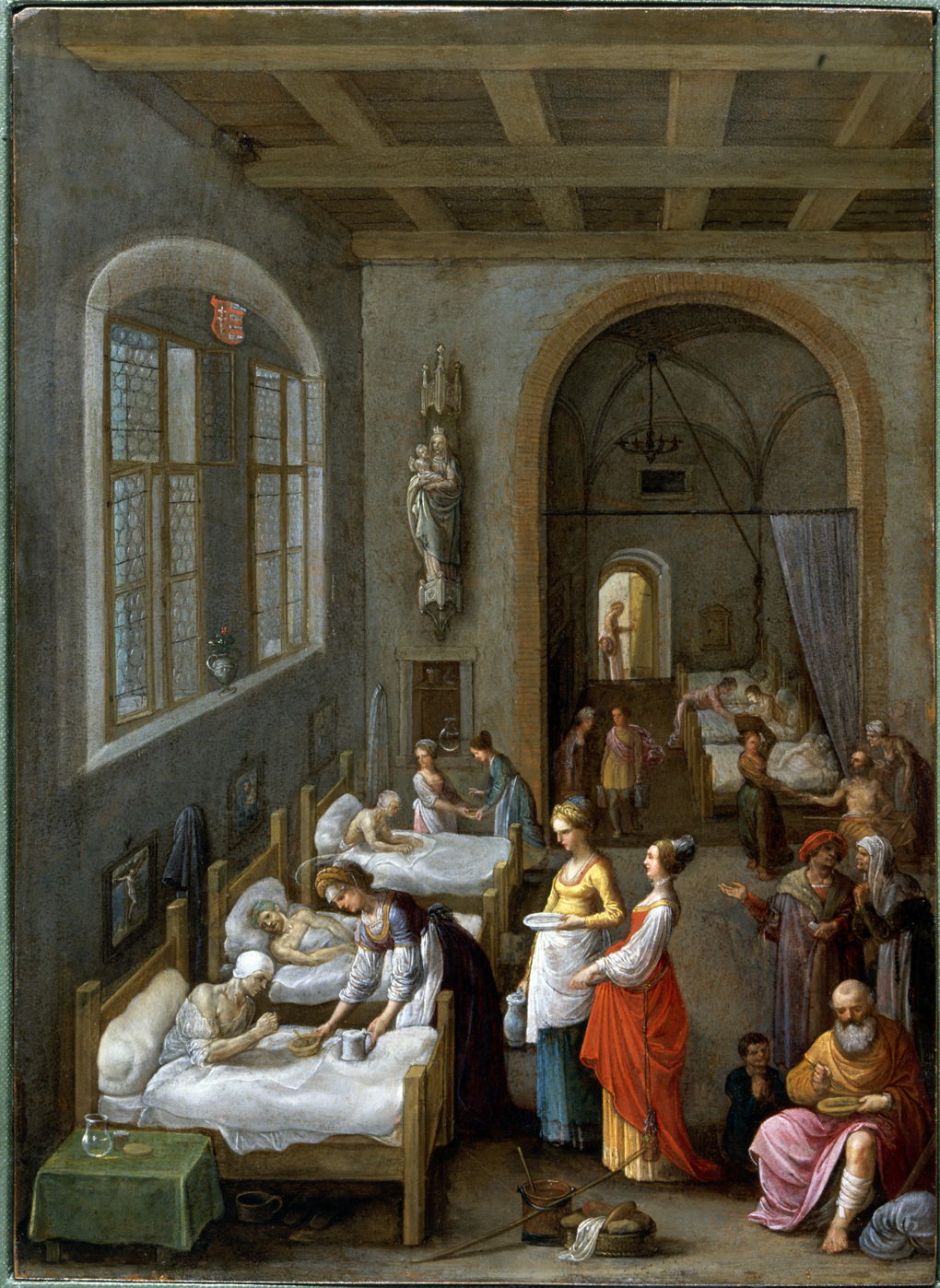
Adam Elsheimer specialised in painting on copper, and I can’t recall seeing any painting which he made on a different support. He painted Saint Elizabeth of Hungary Bringing Food for the Inmates of a Hospital in about 1598, when he was just twenty.

Elsheimer excelled at nocturnes and other scenes in very dark settings, such as The Burning of Troy above, and Ceres at Hecuba’s Home below.
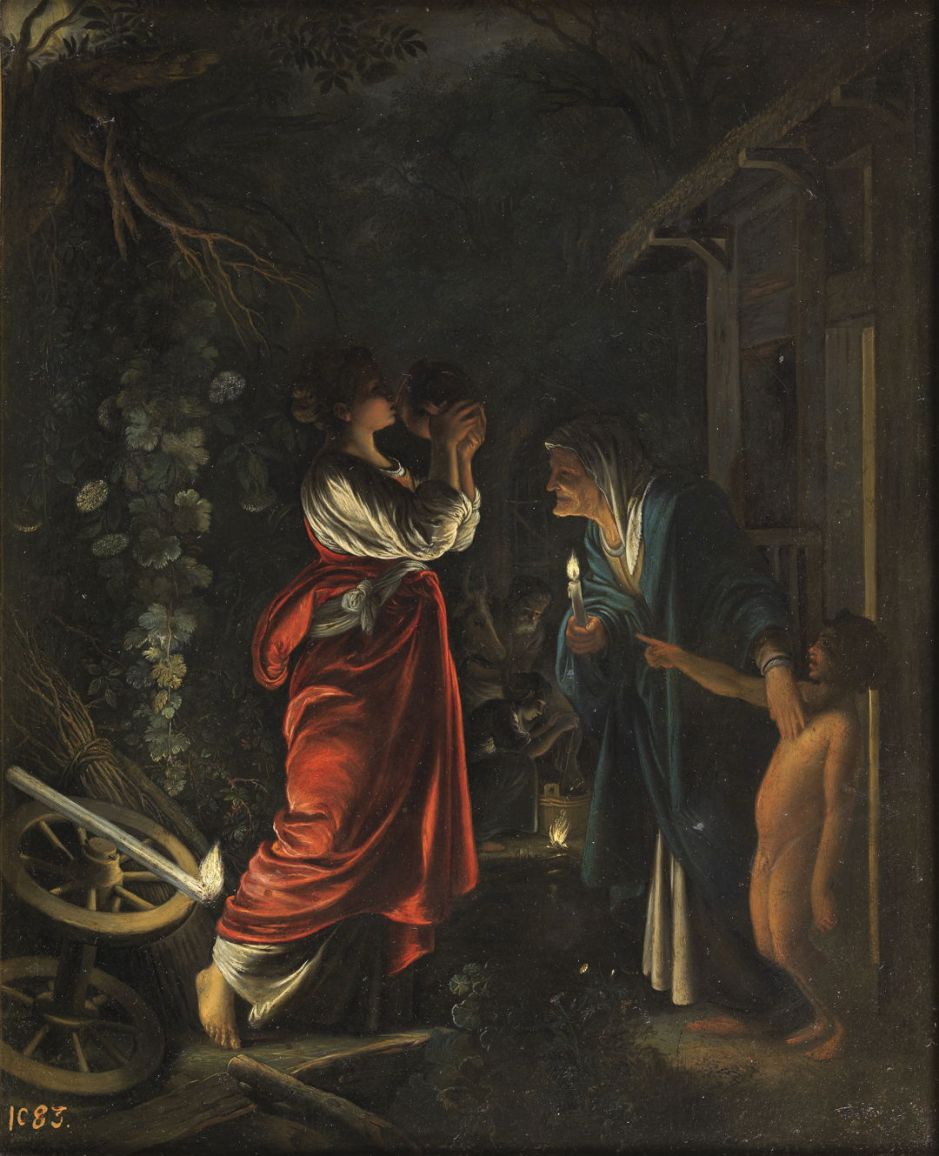
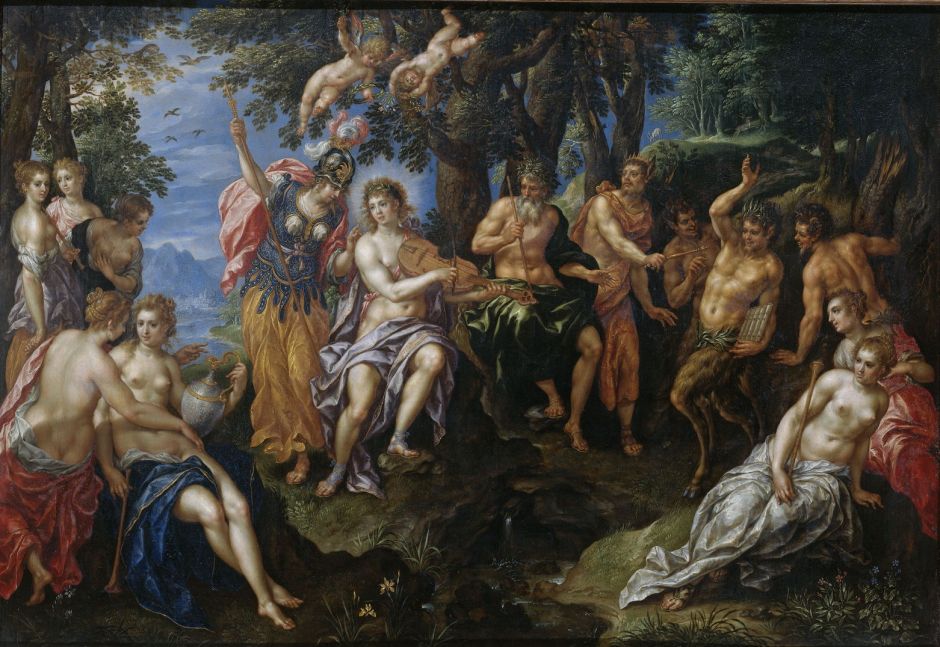
Copper remained quite a popular support during the seventeenth century in the Netherlands. Some artists, such as Hendrick de Clerck, pushed their technique up to larger sizes too.

David Teniers the Younger was another career-long enthusiast for painting in oil on copper, in more varied lighting than Elsheimer. Around 1628-30, he painted a complete narrative series of Tasso’s Jerusalem Delivered on copper.
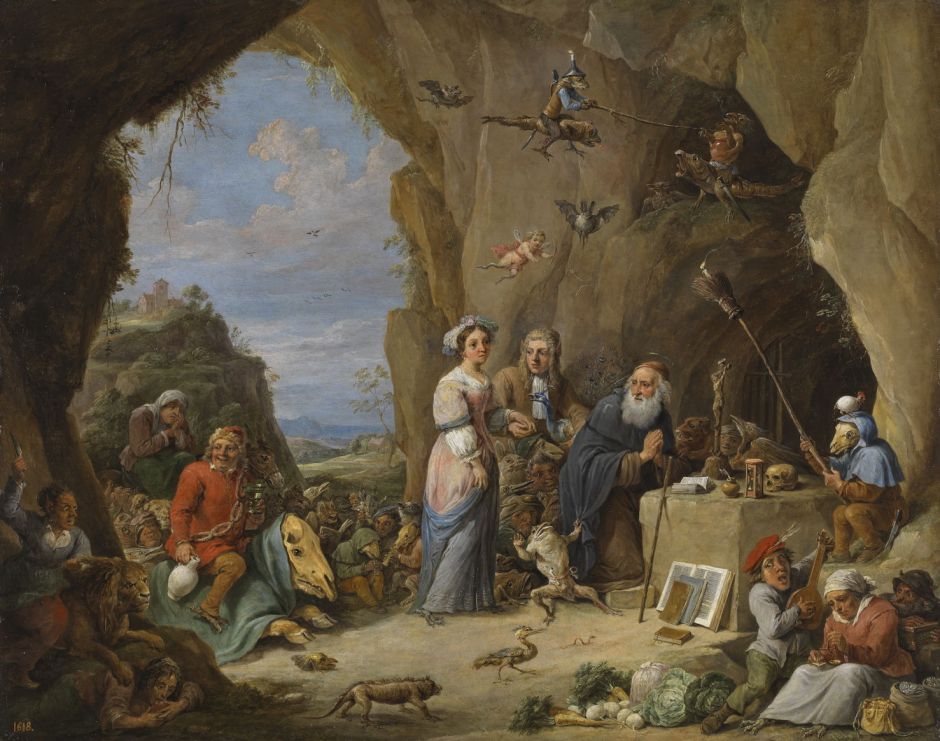
The fine detail in Teniers’ Temptation of Saint Anthony demonstrates what can be achieved on a smooth copper surface.

During the latter half of the seventeenth century, enthusiasm for copper supports started to tail off. Gerard ter Borch still used quite a large plate for his historical record of The Ratification of the Treaty of Münster, 15 May 1648, but most other painters were transferring to canvas.
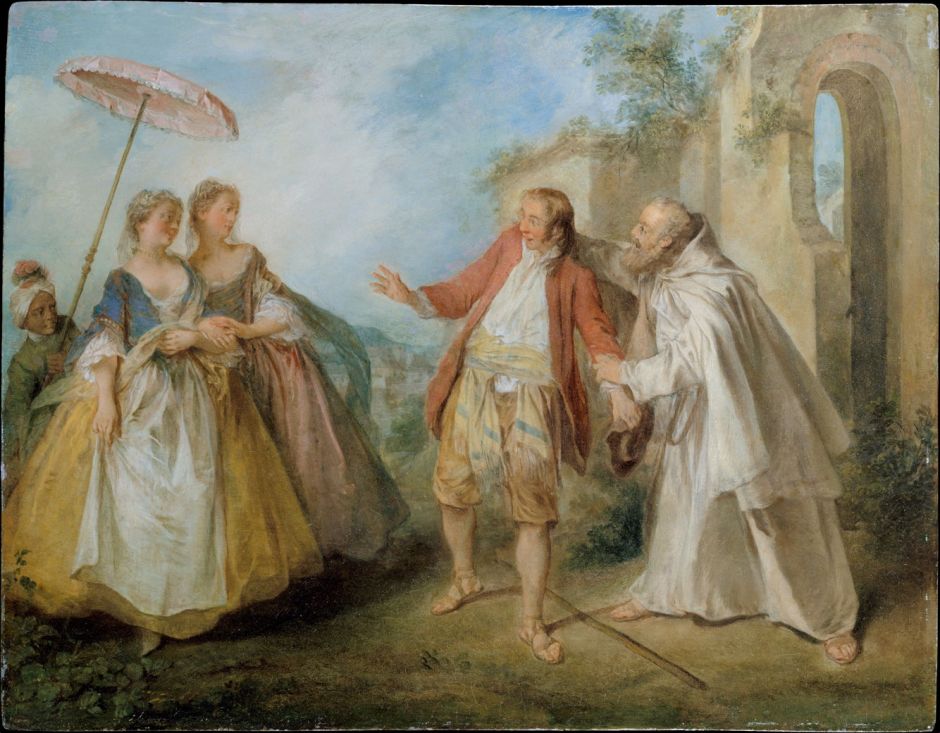
The use of copper has never ceased altogether since the late sixteenth century, and has been continued by a succession of artists with whom it has found favour, such as Nicolas Lancret above, and Johann Georg Platzer below. The latter appears to have painted many works on rather larger sheets of copper than those used earlier.
Here there’s a delicate balance to be struck: thinner sheets are less rigid, and warp more readily, but are substantially lighter and cheaper too.
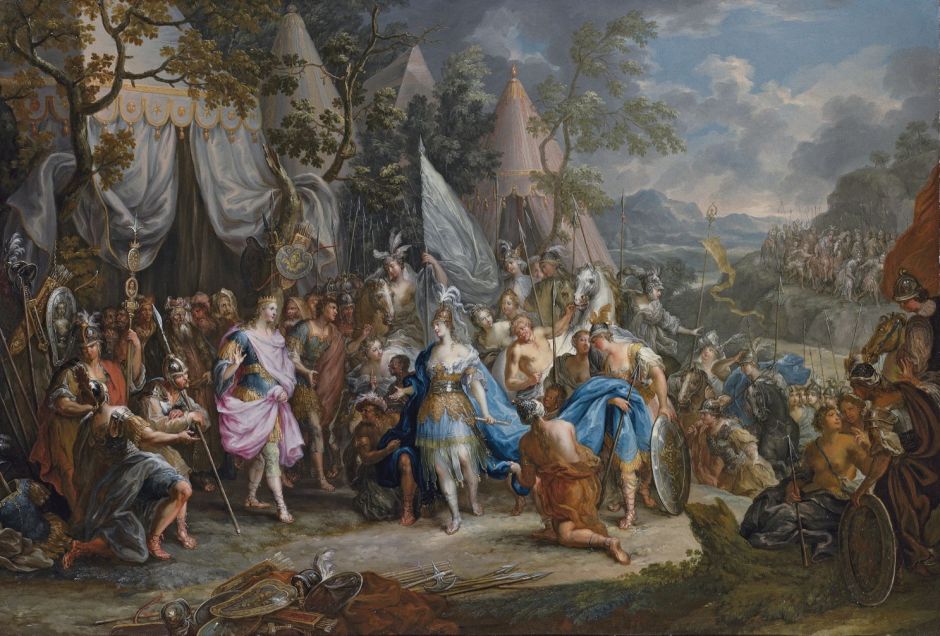
One of the founding members of the Royal Academy of Arts in London in the late eighteenth century, Angelica Kauffmann painted smaller history works on copper which she could then sell at more affordable prices than her larger works on canvas.
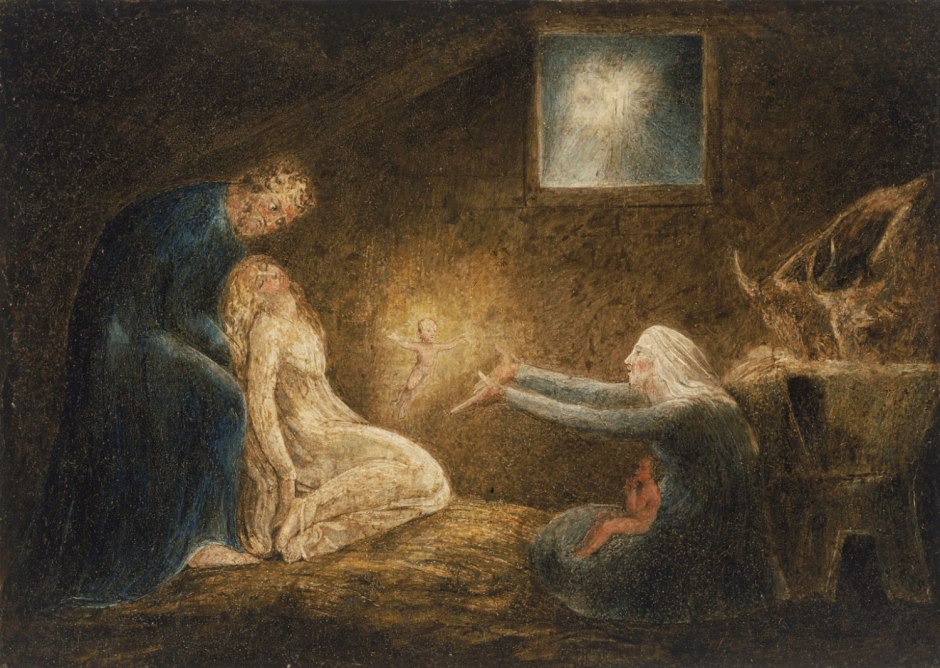
The first widely-known painter to run into trouble when painting on metal sheet was William Blake. Early in his career he devised techniques for painting in glue tempera, and applied this to printing plates, some of which he seems to have cut down to size himself. One of these has been painted on tinned steel, thought to have been cut from the lid of a box, and the others are on copper. Unfortunately, adhesion between the glue and gum binder used in his paint and the surface of the metal has proved poor, and these paintings have flaked and aged badly.
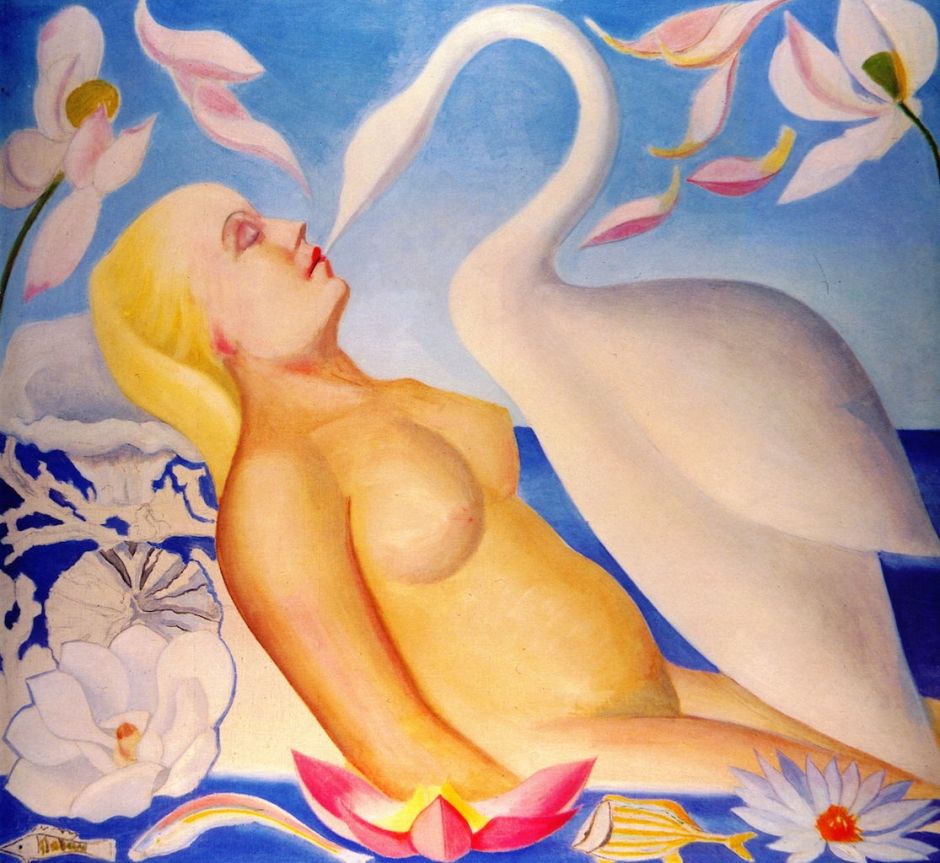
Copper and other metals made something of a comeback during the twentieth century. Joseph Stella painted several works on copper, including his very large and detailed Apotheosis of the Rose shown below, in 1926.

Large copper and other metal sheets become heavy; the advent of aluminium in the late nineteenth century has led some modern artists to use it as a support. With the development of lightweight rigid sheet materials for aircraft and other industrial applications, and most recently composites in which plastics and metals are bonded together, modern painters now have a much wider choice.
Most rocks are neither light nor readily made into flat surfaces suitable for painting. The one exception which has been used since the Renaissance is slate, which is widely available in thin sheets. I show here just three examples, the first two of which are on quite large slate supports.
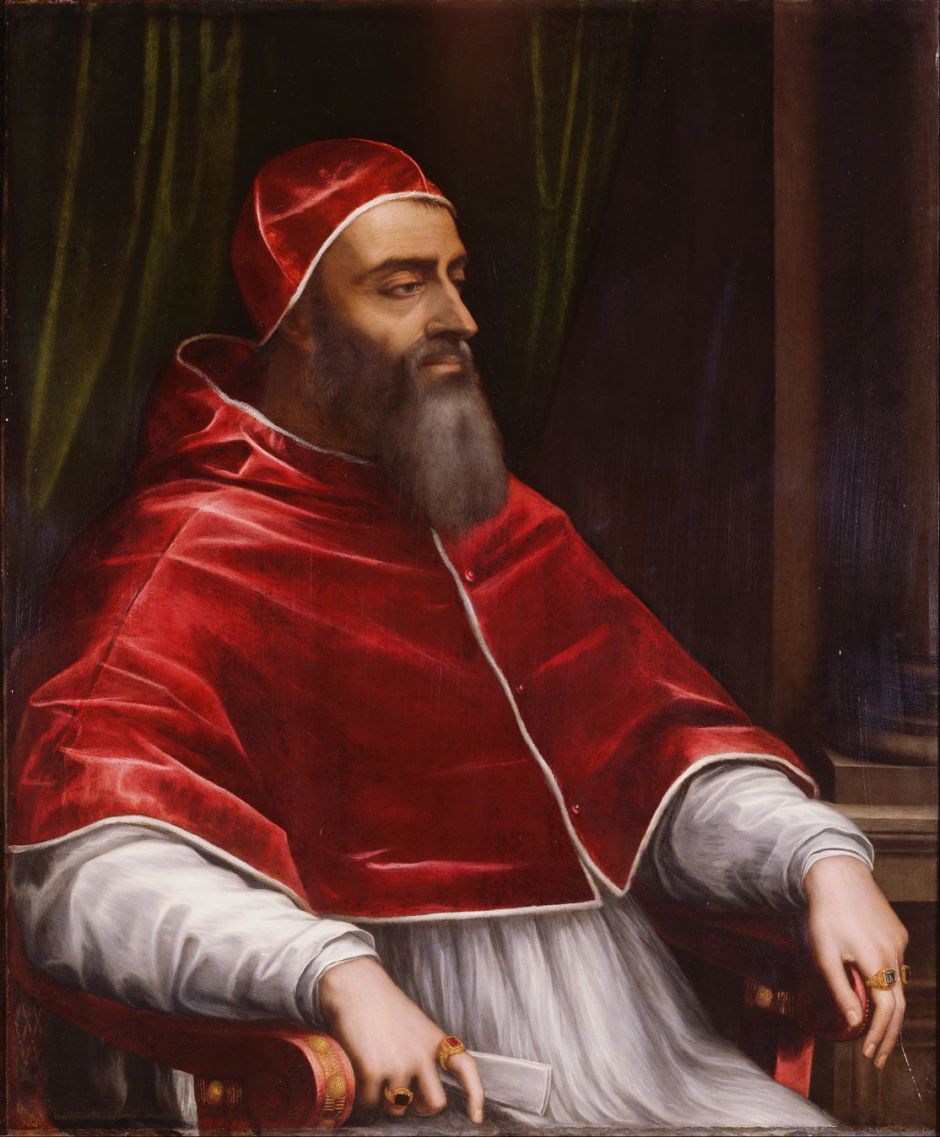
Several masters of the southern Renaissance painted on slate, including Sebastiano del Piombo, whose magificently dark portrait of Pope Clement VII above shows how the natural slate grey can be used to effect, and Vasari’s large painting of Perseus and Andromeda below.

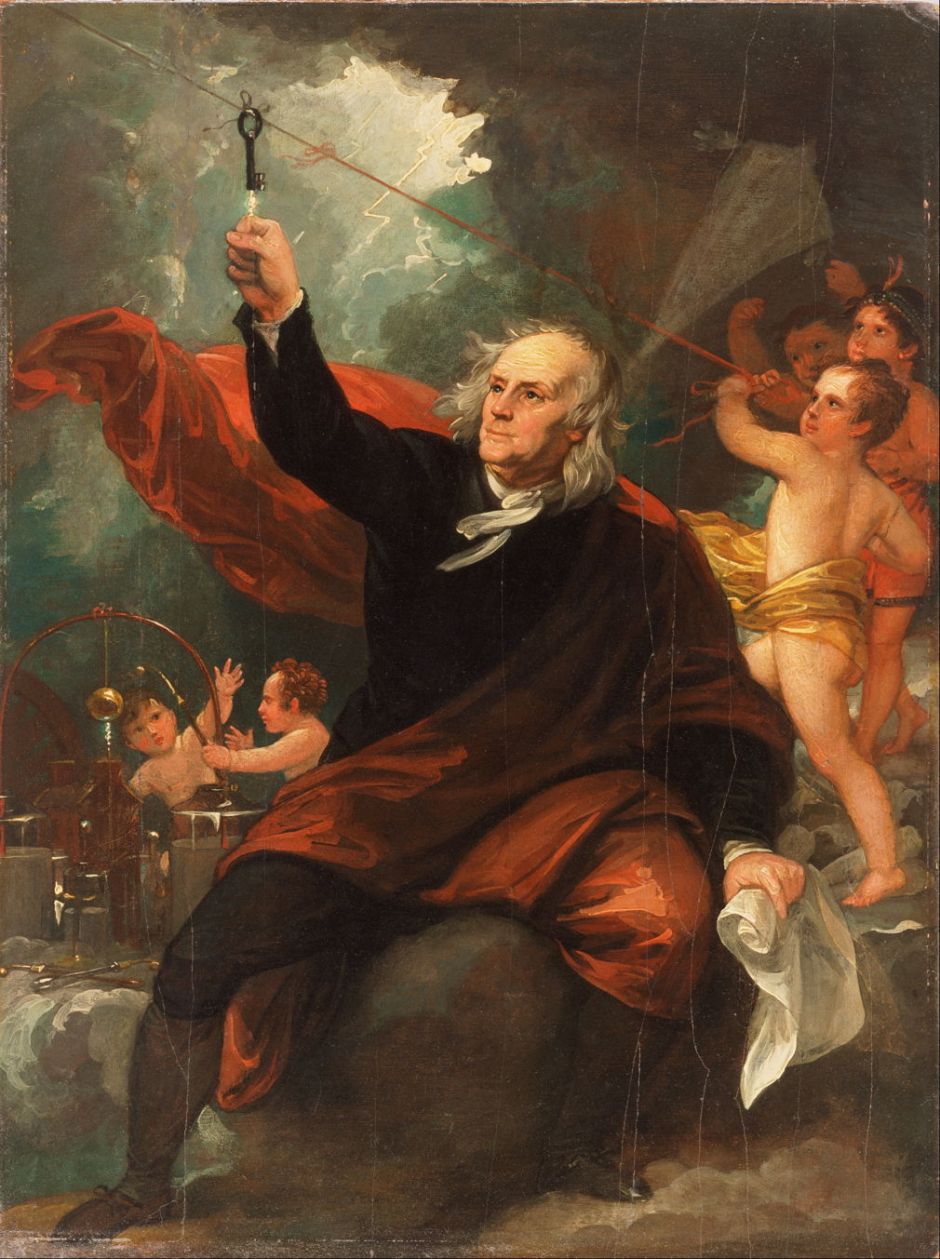
The most surprising painting here is the last: a preparatory study made for a large portrait of Benjamin Franklin, which was never completed, by the Anglo-American history painter Benjamin West in about 1816 – on a sheet of slate. I have no idea why he chose this support in the final few years of his life.

